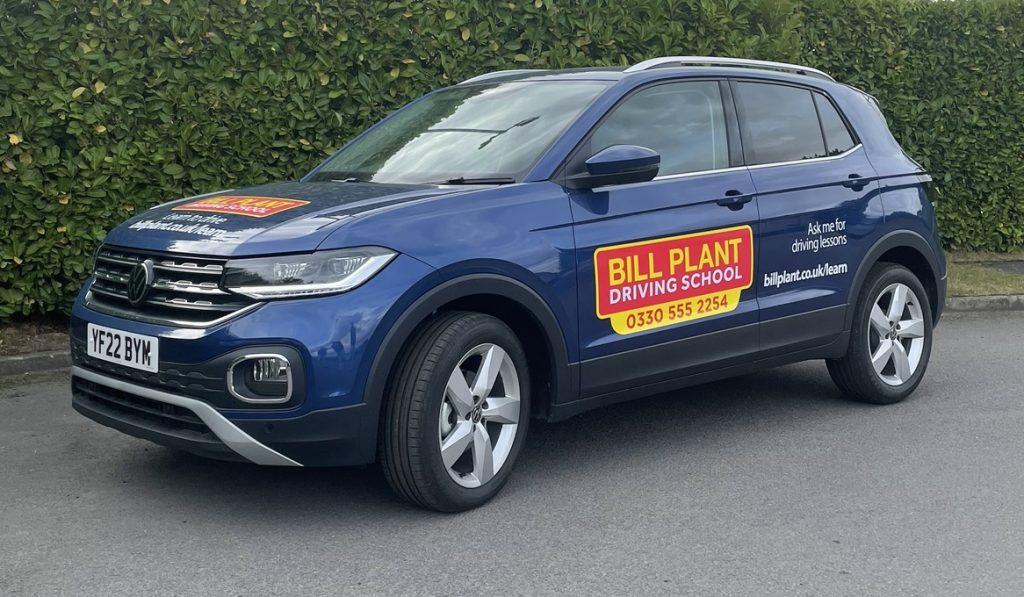If you’re still getting to grips with learning to drive, then there’s a chance you’re a little intimidated by gears. They’re an integral part of the car and essentially help it move. Early on in your driving lessons your instructor will explain the basic concept to you.
Over time you’ll learn that gears are nothing to be feared. In fact, they’re incredibly simple. You don’t even need to think too much about how they work once you get to grips with changing them at the right time.
You’ll always start in low gear before moving on to high gear. Soon, it’ll become second nature.
This article is part of our Basics series, aimed at new drivers who are trying to improve their knowledge and understanding of driving. We’ve already covered how to start a car, how to adjust your mirrors and how to set up your seat and steering wheel.
Now it’s time to give you an introduction to the inner workings of your car; the gears.
What are gears?
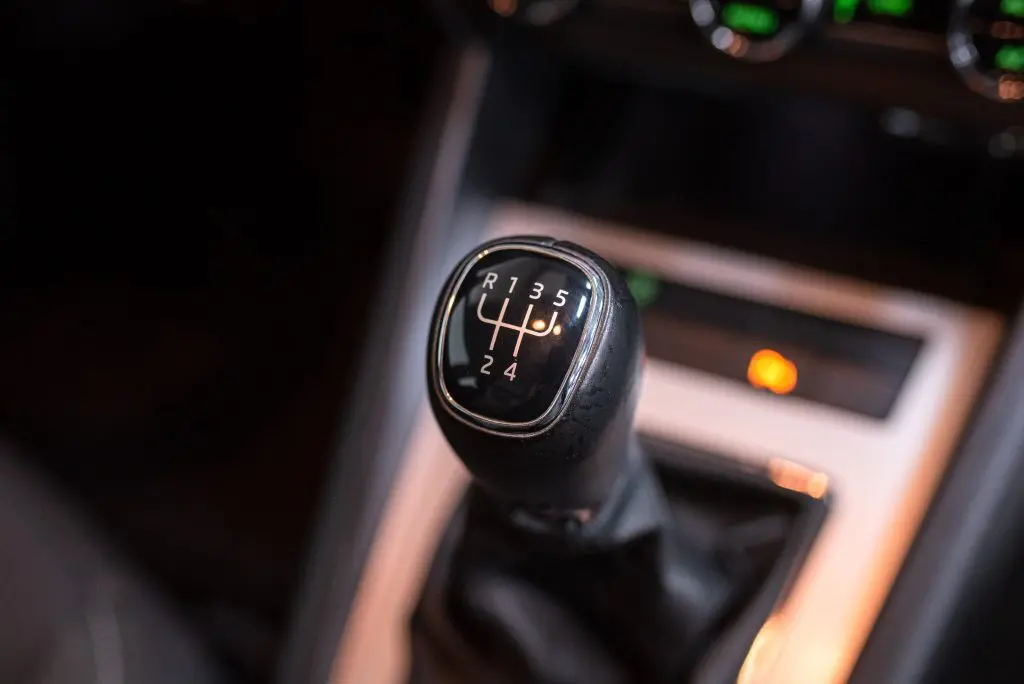
In a car, the gears are numbered between 1 and 5 (sometimes 6), plus reverse. These numbers allow you to dictate the amount of power you want to use from the engine.
In a manual car, you’ll generally have the following gears and states:
- Neutral – when your car is in no gear at all
- 1 – low gear, used for starting your car and moving off
- 2
- 3
- 4
- 5 – high gear
- 6 – occasionally cars will have a 6th gear, but this is not a given
In reality, the numbers are just a representation of a piece of machinery. That machinery is a rotating circular component under the hood of your car. They are designed to transmit power from one shaft to another through rotation. That probably sounds a bit complicated, and we understand that.
The good news is, that to drive, you don’t necessarily need to understand the full complexities of a gear. You just need to know how to use them, and how each one affects your car.
You’ll simply need to know how to change gear, when to change gear and which gear is the best for your current driving situation.
How do gears work?
If you do want to know the technical bit though, we’re going to cover that for you. The language of this next section may get a little more complicated, but we’ll try and keep it simple where we can.
- Gears in a car take the power from the crankshaft and transmit it to the driveshaft that powers the wheels.
- The crankshaft is the axle that takes power from the engine.
Got that? Let’s break it down a little. For the purposes of a car, gears are used to change speed. Whether it’s to increase or decrease the speed through power.
- A gear on its own is generally just a cog. You need to make something happen. Generally, you’ll have 2 cogs in a gear but you can have multiple in some instances. One will be larger than the other with far more teeth.
- When the smaller one is turned, it has to be turned multiple times at speed, but then it makes the bigger gear turn. As that gear is bigger. The power is transmitted and it turns faster than the smaller ones, but with less force.
- When you change gears in a car, one of the cogs will change, and as such, it will change the amount of power that’s being transferred.
How to change car gears
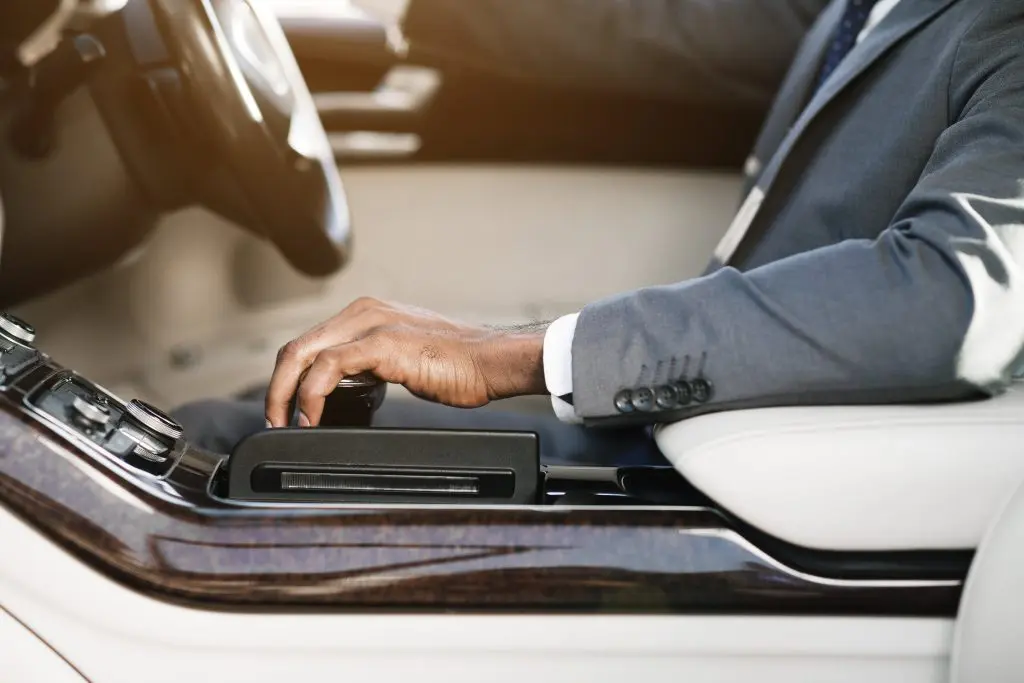
Changing gears is one of the fundamentals of driving a car. You’ll always start in a low gear and, generally, move up towards a high gear like fifth gear. If you’re only driving on small roads, you may not go any higher than third or fourth gear though.
As changing gears is such an important part of driving, we’re going to run you through it. Remember, every car is different, and your gear stick may have a slightly different layout, so make sure you look at it before you start your car.
How to change gears in a manual car
You will generally change up gears in sequence, 1 through 5. But occasionally you may need to use selective changing, where you skip. More on that later.
For the purpose of this example, we are going to assume you have already moved away and are driving. To change gear you:
- Take your foot off the accelerator
- Press down on the clutch pedal at the same time
- Using your left hand, move the gear stick from one gear to another to change gear smoothly
- Ease up on the clutch pedal slowly as you apply pressure to the accelerator pedal
As you’ll be driving you need to have memorised the order of the gear stick before you set off as you should never take your eyes off the road. You can practice this with your car in park and the engine off.
Changing gears in an automatic
The beauty of an automatic car is that the gears change themselves as you’re driving. You may however still have a stick or series of buttons in the centre of your car. These will be used for ‘park’, ‘neutral’ and ‘reverse’. When you use these you’ll always be stationary and you’ll simply be flicking between the two, without the need for a clutch.
When should you change gears?
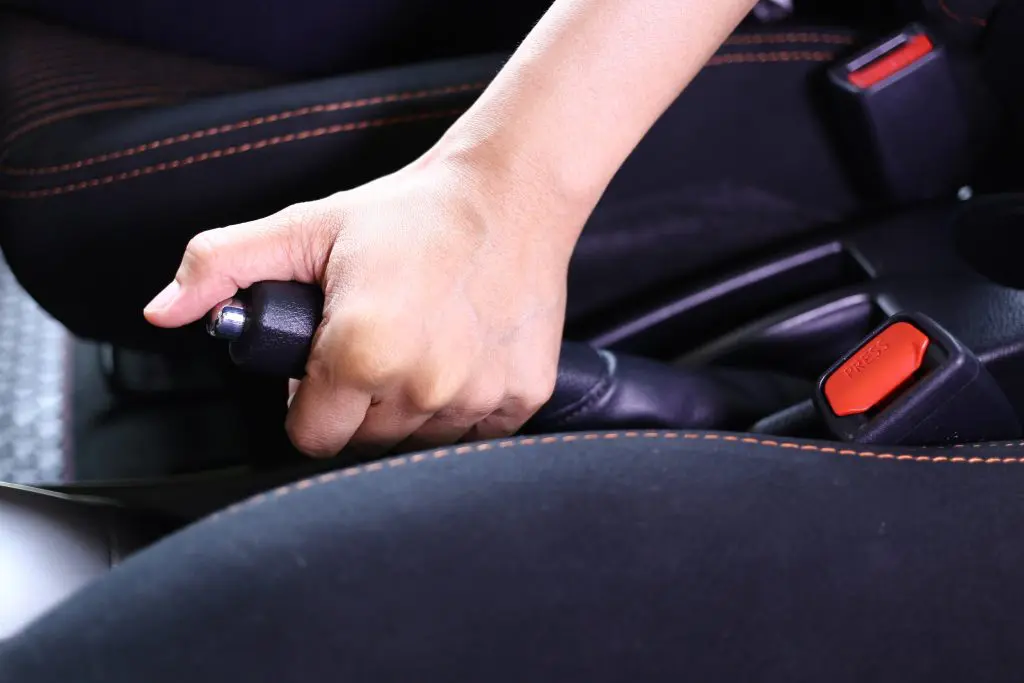
Now you know how to change gears, you just need to know when. A lower gear is great for starting off and accelerating, but realistically you’ll need more power as you pick up speed. Changing gear is essential.
When to go up a gear
While there’s a general rule of thumb with the speed you should change from a lower gear, it can vary from car to car based on the power of the engine. The general rule is:
| Gear No. | MPH |
| 1 | 0-10 |
| 2 | 10-20 |
| 3 | 20-30 |
| 4 | 30-40 |
| 5 | 40-70 |
First gear is used for starting your car and pulling away. Generally, you’ll not use it to drive and should move to second gear almost straight away. Although there are a few instances where you may need to move that slowly. Fifth gear is reserved for high speeds.
You should always listen to your car. If you’re revving your car and it’s making high pitched noises, you’ll probably need to go up a gear.
When to go down a gear
You’ll need to go down a gear as your speed drops. As you brake, you’ll need to change down the gears to continue driving once you have slowed down.
Generally, you’ll drop down in blocks. Say if you’re on the motorway and come across a queue you’ll drop directly from fifth to a lower gear, like the third or second depending on the situation.
In some instances, you may just naturally slow without the brakes and you’ll need to drop gears then too.
Hills are another situation where you may want to use lower gears. As lower gears offer more power and less speed, they can help your car climb a steep hill easier. A higher gear will often leave your car struggling and you’ll need to drop down. Judge by the revs of your car.
Learn the basics with Bill Plant Driving School
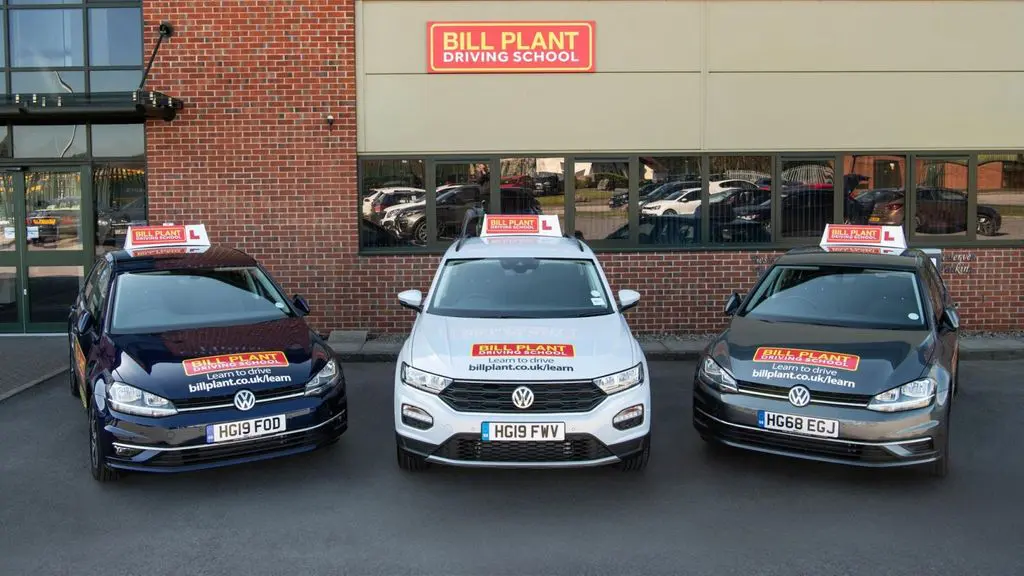
Once you’ve learnt to drive in a straight line, you’ll be moving on to gear changes in no time. Your driving instructor will cover this off in a driving lesson, and it’s unlikely you’ll leave the low gears right away. You’ll build your confidence over time ahead of your driving test.
At Bill Plant Driving School we help thousands of students learn to drive every year, and we always start with the basics. You won’t suddenly be expected to drive at high speed in fifth gear during your first lesson. We tailor our driving lessons to each individual student and will help you find the right gear for every situation.
Your Bill Plant Driving School instructor will teach you everything you need to know, including how to adjust car mirrors, and how to set up your car steering wheel.
